Maximizing Freshness: How Vacuum Packing Machines Extend Food Shelf Life by Up to 5 Times
In today's fast-paced world, ensuring the freshness of food can be a challenge, leading to waste and unnecessary expenses. However, with the advent of advanced technologies, the vacuum packing machine has emerged as a revolutionary tool in food preservation. By removing air from packaging, these machines significantly slow down the degradation of fresh produce, meats, and other perishable items. Studies have shown that vacuum sealing can extend food shelf life by up to five times, making it an essential technique for both home cooks and professional chefs alike. This guide will explore the various methods and benefits of using a vacuum packing machine, offering practical tips on how to maximize freshness and maintain the quality of your food for longer periods. Whether you’re looking to reduce waste or simply keep your ingredients in peak condition, mastering this technique can transform your culinary experience.
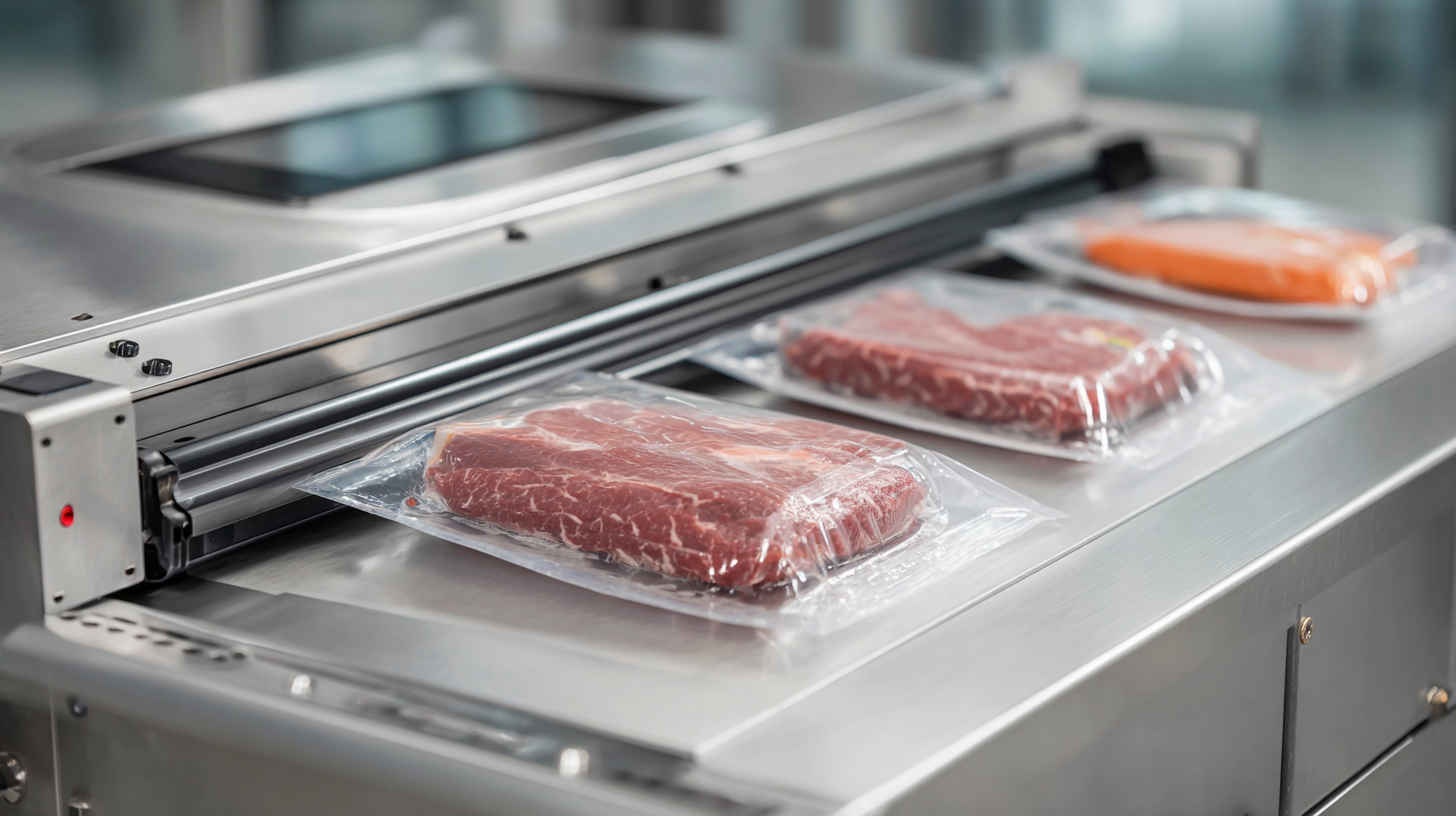
Understanding Vacuum Packing Technology: Mechanisms Behind Extended Shelf Life
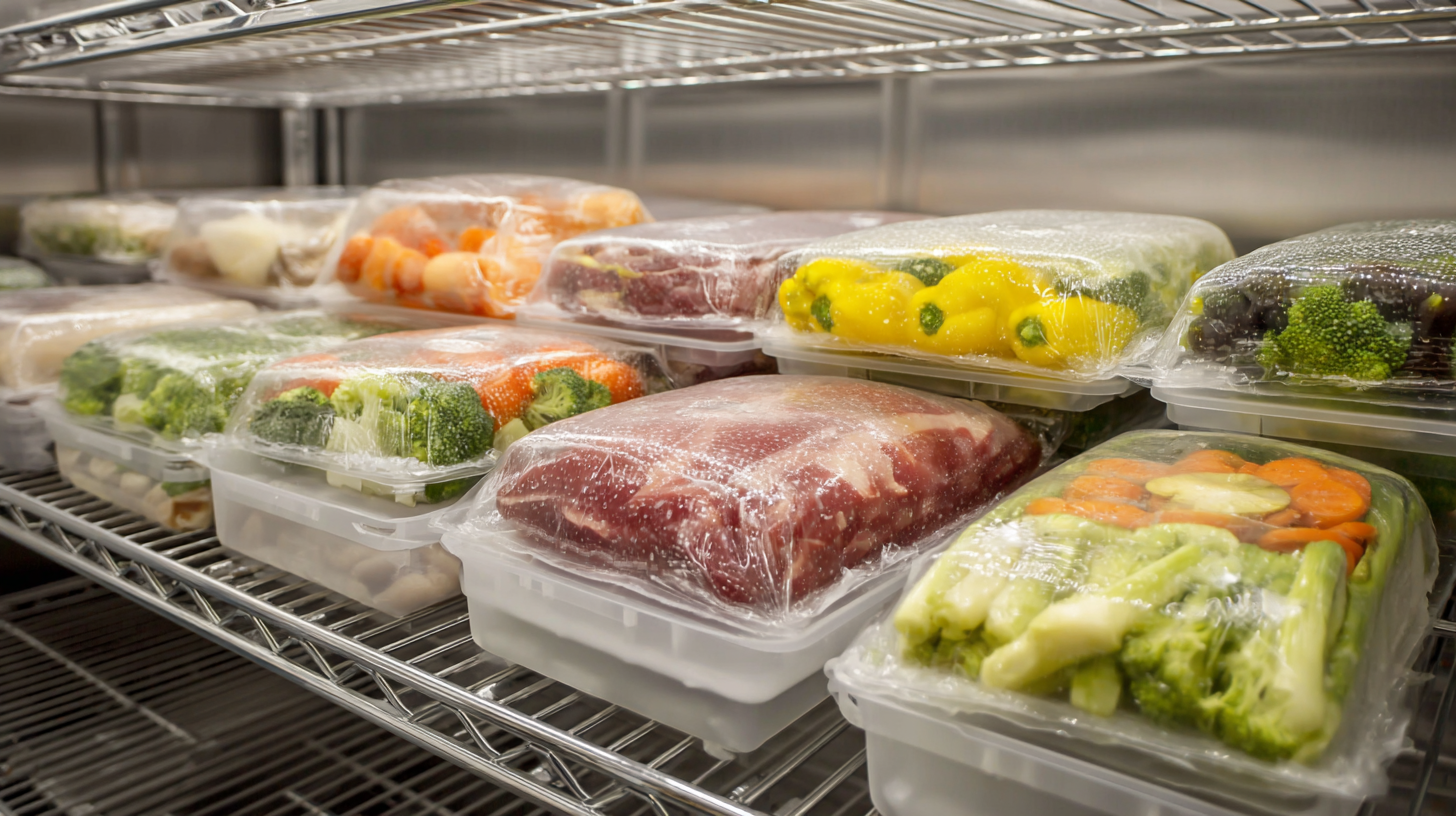 Vacuum packing technology has revolutionized food preservation, effectively extending the shelf life of various products by up to five times. This process works by removing air from packaging, thereby limiting the growth of bacteria, mold, and other microorganisms that contribute to food spoilage. According to recent industry reports, vacuum-sealed foods can remain fresh for significantly longer periods compared to those stored in traditional methods. For example, vacuum-packed meat can last up to three years in the freezer, while regularly stored meat may only maintain its quality for six months.
Vacuum packing technology has revolutionized food preservation, effectively extending the shelf life of various products by up to five times. This process works by removing air from packaging, thereby limiting the growth of bacteria, mold, and other microorganisms that contribute to food spoilage. According to recent industry reports, vacuum-sealed foods can remain fresh for significantly longer periods compared to those stored in traditional methods. For example, vacuum-packed meat can last up to three years in the freezer, while regularly stored meat may only maintain its quality for six months.
In today's consumer market, where a myriad of food options is readily available, understanding the mechanisms behind vacuum packing is crucial. This technology not only preserves quality but also helps to reduce food waste—a pressing concern given the society's increasing excess production. The vacuum environment prevents oxidation, maintaining the nutritional content of food and enhancing flavors.
Tips: Consider investing in a vacuum packing machine for your kitchen to maximize freshness. Always remember to clean and dry food items before sealing to ensure optimal preservation. Lastly, label your vacuum-sealed packages with dates for easy tracking of freshness.
Key Benefits of Vacuum Packing: Preserving Nutrients and Flavors in Food
Vacuum packing is an innovative method that significantly extends the shelf life of food, enhancing both nutrient preservation and flavor retention. According to a report by the USDA, vacuum-sealed food can last 3 to 5 times longer than items stored in conventional packaging. This is particularly beneficial for perishable items, where studies indicate that vacuum packing can prevent spoilage by limiting oxygen exposure, the primary culprit in food degradation.
Additionally, the nutrient retention in vacuum-packed foods is noteworthy. Research published in the Journal of Food Science indicates that vacuum sealing helps preserve vitamins and minerals, keeping nutrient levels significantly higher compared to foods stored in oxygen-permeable packaging. For instance, studies show that vacuum-sealed fruits retain up to 90% of their vitamin C content over extended periods, while those stored in regular containers can lose as much as 40% in just a few days. By utilizing vacuum packing machines, consumers and businesses alike can ensure prolonged freshness, optimal nutrient levels, and enhanced flavor, making it a valuable investment for food storage solutions.
Maximizing Freshness: Impact of Vacuum Packing on Food Shelf Life
This chart illustrates the comparison of shelf life extension of various food items when using vacuum packing technologies. Vacuum packing significantly enhances the preservation of nutrients and flavors by extending shelf life up to five times compared to traditional storage methods.
Comparative Analysis: Vacuum Packed vs. Traditionally Stored Food Longevity
Vacuum packing technology has transformed food preservation, significantly extending the shelf life of various products. According to industry analysis, vacuum packed foods can last up to five times longer than traditionally stored items. This is primarily due to the reduction of air exposure, which minimizes oxidation and microbial growth. For instance, a comparative study shows that vacuum-packed fruits can remain fresh for up to 21 days, while traditionally stored counterparts often spoil within a week.
Moreover, the increasing popularity of near-expiry food items reflects a shifting consumer mindset towards sustainability and savings. As noted by experts, products labeled as "临期食品" (near-expiry food) often offer substantial discounts, making them an attractive option for budget-conscious shoppers. Recent data highlights that the near-expiry food market has surged, with sales growth in this segment outpacing many fresh food categories. These trends underscore the importance of vacuum packing in minimizing food waste while maximizing both freshness and economic value in our food supply chain.
Practical Applications: Best Practices for Using Vacuum Packing Machines at Home
Using vacuum packing machines at home can significantly enhance food preservation, keeping items fresh for longer periods. To maximize the benefits, it's essential to follow some best practices. First, ensure that the food is properly prepared before sealing. For instance, vegetables should be cleaned and dried, while meats should be trimmed of excess fat that can lead to spoilage. This pre-treatment minimizes moisture and air exposure, crucial factors that lessen shelf life.
Another vital step is to utilize the machine correctly. Place food in the vacuum bag without overfilling, allowing the machine to create an effective seal. Removing as much air as possible is key to preventing freezer burn and maintaining flavor and texture. Additionally, label the bags with the contents and date, so you can keep track of what you have stored and ensure you use older items first. Regularly checking and maintaining your vacuum packing machine also guarantees it operates effectively, extending the life of your food items consistently.
Future Innovations: How Technology is Shaping the Next Generation of Food Preservation
As technology continues to evolve, the food preservation sector is experiencing groundbreaking innovations that promise to transform our approach to extending the shelf life of perishable goods. Among these advancements, vacuum packing machines have emerged as a pivotal solution. According to a report by the Food and Agriculture Organization (FAO), vacuum sealing can extend the shelf life of food by up to five times, significantly reducing waste and enhancing food quality. By removing air from packaging, vacuum machines inhibit the growth of aerobic bacteria and mold, which are principal culprits in food spoilage.
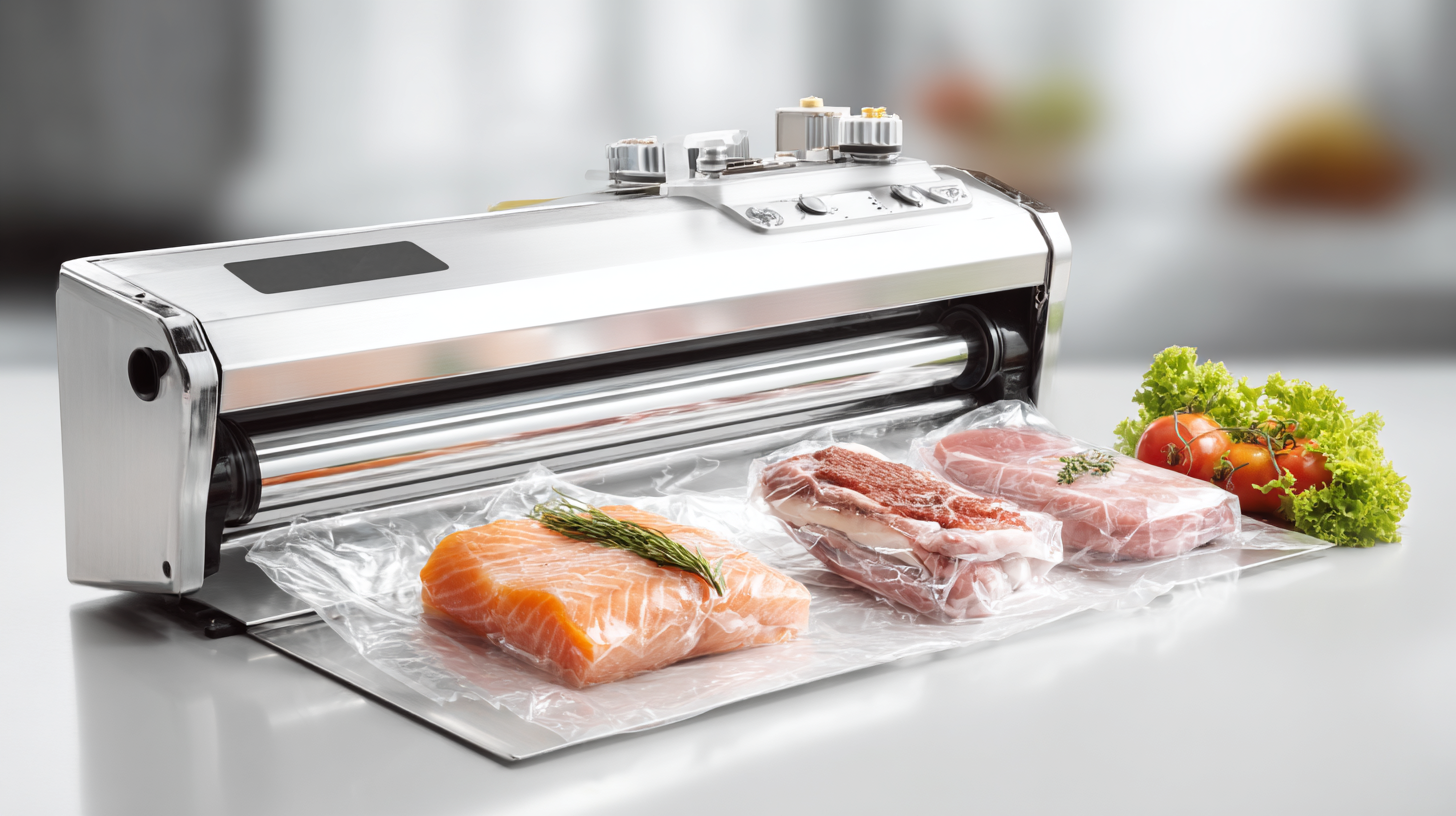
Future innovations are expected to further enhance these preservation techniques through improved materials and smart technology integration. For instance, intelligent sensors embedded in packaging can monitor freshness in real-time and adjust storage conditions accordingly. Research from the National Institute of Food Technology points out that these innovations could potentially reduce food waste by up to 50% over the next decade. As we embrace these technological advancements, we not only improve food preservation but also contribute to sustainability efforts worldwide, making it a win-win for both consumers and the environment.
Related Posts
-
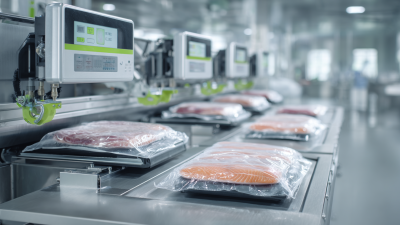
7 Essential Reasons Why the Best Vacuum Packaging Machine Can Enhance Your Business Efficiency
-
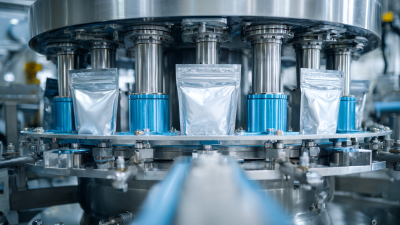
How to Optimize Production Efficiency with Pouch Filling Machines in Your Manufacturing Process
-
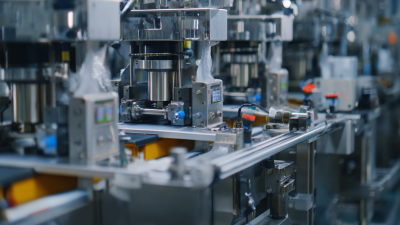
Exploring the Future of Pouch Filling Machines in 2025 and How to Optimize Your Production Process
-

The Future of Liquid Packaging Machines: Innovations Driving Efficiency and Sustainability in 2025
-
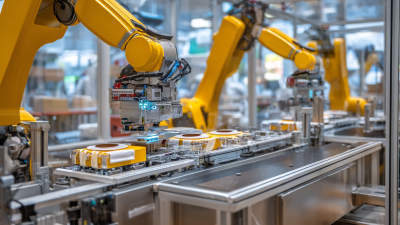
7 Reasons Why the Best Packaging Machine Revolutionizes Your Production Line
-

Unlocking Growth: The Role of Liquid Filling Machines in China's 138th Canton Fair 2025 Industry Trends

